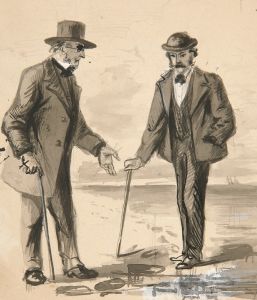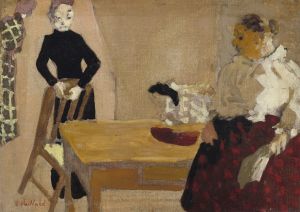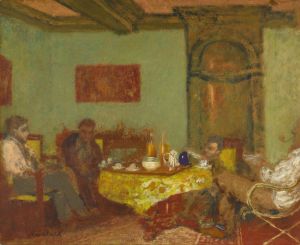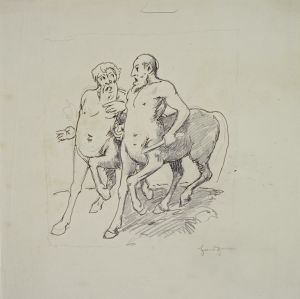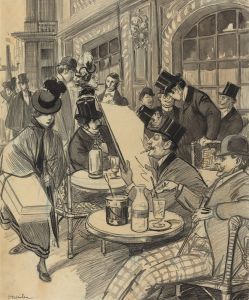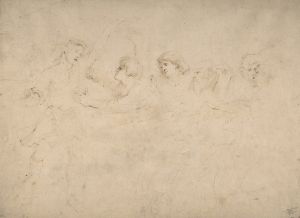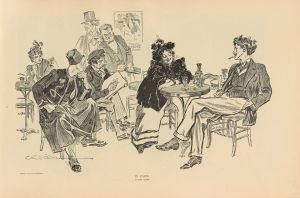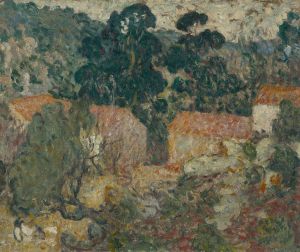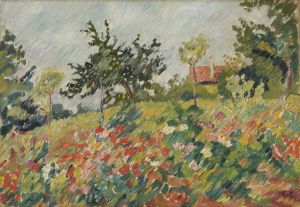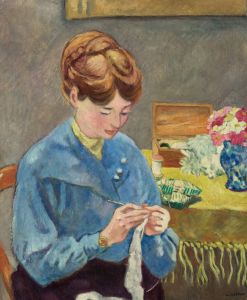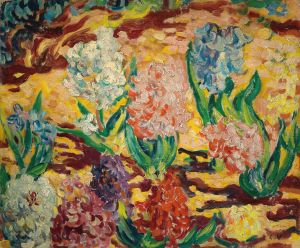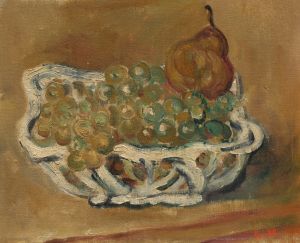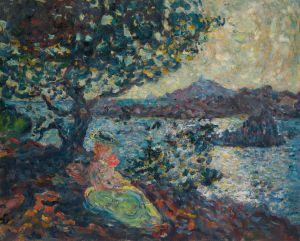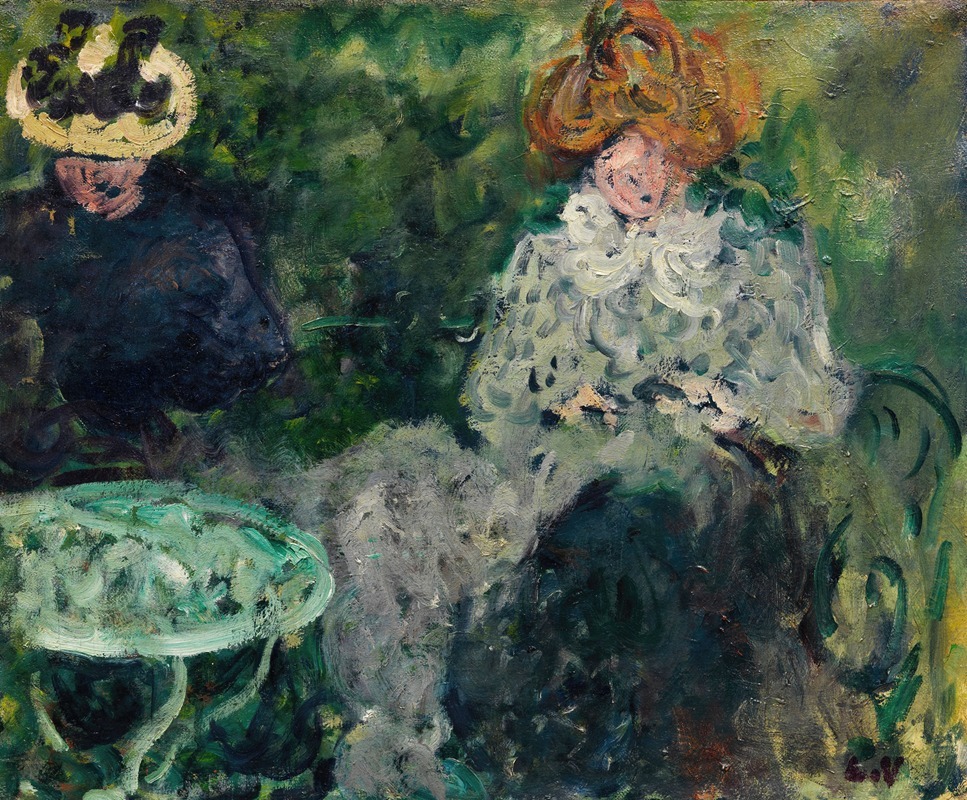
Au café. Mme Victor et Mme Suzanne Valtat
A hand-painted replica of Louis Valtat’s masterpiece Au café. Mme Victor et Mme Suzanne Valtat, meticulously crafted by professional artists to capture the true essence of the original. Each piece is created with museum-quality canvas and rare mineral pigments, carefully painted by experienced artists with delicate brushstrokes and rich, layered colors to perfectly recreate the texture of the original artwork. Unlike machine-printed reproductions, this hand-painted version brings the painting to life, infused with the artist’s emotions and skill in every stroke. Whether for personal collection or home decoration, it instantly elevates the artistic atmosphere of any space.
Louis Valtat was a French painter and printmaker associated with the Post-Impressionist movement. He is known for his vibrant use of color and his contributions to the Fauvist movement, although he is not as widely recognized as some of his contemporaries. One of his notable works is "Au café. Mme Victor et Mme Suzanne Valtat," which exemplifies his style and thematic interests.
"Au café. Mme Victor et Mme Suzanne Valtat" is a painting that captures a scene in a café, a common subject in the late 19th and early 20th centuries as artists explored modern life and leisure activities. The painting features two women, Mme Victor and Mme Suzanne Valtat, who are believed to be related to the artist, possibly his family members. This personal connection adds an intimate dimension to the work, as Valtat often drew inspiration from his immediate surroundings and personal relationships.
Valtat's style in this painting reflects his Post-Impressionist roots, characterized by bold colors and loose brushwork. The use of color is particularly striking, with vibrant hues that convey the lively atmosphere of the café setting. This approach aligns with the Fauvist movement, which emphasized painterly qualities and strong color over representational accuracy. Although Valtat was not a central figure in Fauvism, his work shares similarities with the movement's emphasis on color as a means of expression.
The composition of "Au café. Mme Victor et Mme Suzanne Valtat" is carefully constructed, with the figures positioned in a way that suggests a narrative or interaction between them. The café setting serves as a backdrop, providing context and enhancing the sense of modernity and social engagement. This focus on everyday scenes and the exploration of contemporary life is a hallmark of Valtat's work and reflects broader trends in art during this period.
Valtat's career spanned several decades, and he was active during a time of significant change in the art world. He studied at the École des Beaux-Arts and the Académie Julian in Paris, where he was exposed to various artistic influences. Throughout his career, he exhibited his work in prominent venues and was associated with other notable artists of his time. Despite this, Valtat remained somewhat on the periphery of major art movements, maintaining a distinctive style that blended elements of Impressionism, Fauvism, and other contemporary trends.
"Au café. Mme Victor et Mme Suzanne Valtat" exemplifies Valtat's ability to capture the essence of a moment through color and composition. The painting not only reflects the artist's personal connections but also offers insight into the social and cultural dynamics of the era. Through his work, Valtat contributed to the evolving landscape of modern art, leaving a legacy that continues to be appreciated by art enthusiasts and scholars alike.
While Louis Valtat may not be as widely recognized as some of his contemporaries, his work remains an important part of the Post-Impressionist and Fauvist movements. "Au café. Mme Victor et Mme Suzanne Valtat" stands as a testament to his skill and vision, capturing the vibrancy of everyday life with a unique and personal touch.





